World Wide Web:
From the late 1960s to the early 1990s, the Internet was a communication and research tool used almost exclusively for academic and military purposes. After the introduction of the World Wide Web, the use of the Internet changed radically. World Wide Web (WWW) or W3 or simply the Web is a collection of linked documents or pages stored on millions of computers and spread over the entire Internet. It is the fastest and most rapidly growing area on the Internet. The Web provides a framework for organizing and presenting any kind of information such as text, images, sound, and video. The concept of the Web was developed by Tim Berners Lee of the European Particle Physics Lab (CERN) in Geneva, Switzerland in the year 1989.
The World Wide Web makes up a large part of the Internet and consists of websites that have one or more web pages. However, apart from the websites, the Internet also consists of the following:
- Forums, blogs, and groups, where users can seek help and advice on various topics.
- Databases that are used for research by private and academic organizations.
- E-mail, chatting, and Instant Messaging (IM) systems.
WWW Attributes:
The following are the various attributes of WWW that play an important role in the success of the World Wide Web.
(1) User-Friendly- WWW resources can work easily with most Internet browsers, which are very user-friendly.
(2) Multimedia Form- The e-mail messages are generally text but the web provides information in the multimedia form- graphics, video, and audio as well as text. We can see colored pictures, animation, and full-motion videos. We can download music, listen to radio broadcasts, and have telephone conversations with others.
(3) Use of Hypertext- With e-mail, we connect only with specific addresses known to us, with the web we have hypertext. Hypertext is a system in which documents scattered across many Internet sites are directly linked- with hyperlinks- so that a word or phrase in one document becomes a connection to a document in a different place. The format, or language, used on the web is called hypertext markup language. (It is, not, however, a programming language). Hypertext markup language (HTML) is the set of special instructions (called “tags” or “markups”) that are used to specify document structure, formatting, and links to other multimedia documents.
(4) Interactive- WWW, with its pages, supports and enables interactivity between users and servers through one or more of the following ways.
- Hyperlinks (a hyperlink is an element on a web page that links to another part of the same web page or to an entirely different web page).
- Input boxes, such as text boxes and checkboxes.
(5) Frames- WWW supports frames that allow you to display more than one independent section on the same web page.
| Note: The term Web is not a synonym for the term Internet. The web is actually a service that operates over the Internet, just like e-mail and many other Internet services. |
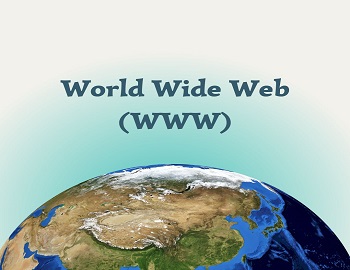
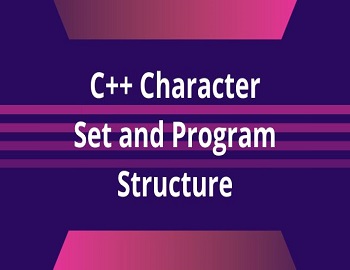

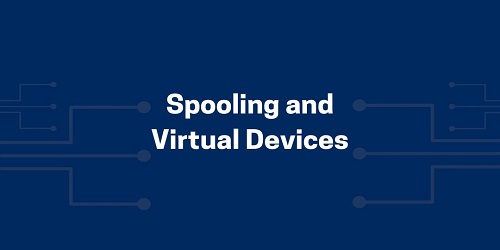
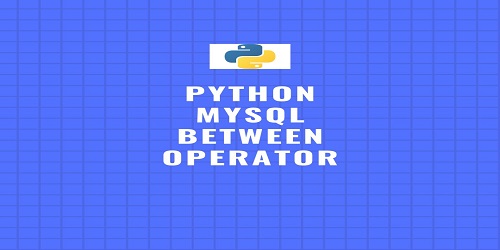

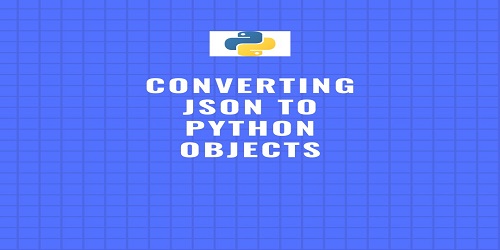


Comments (No)